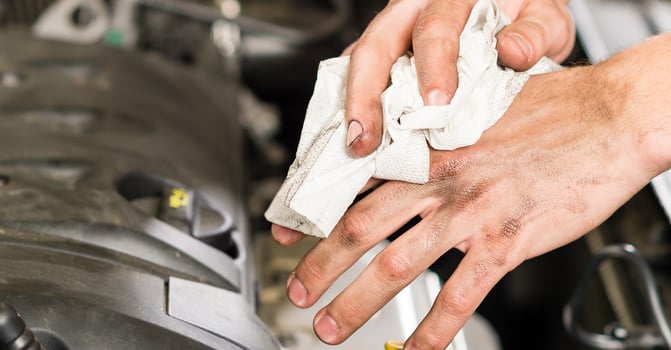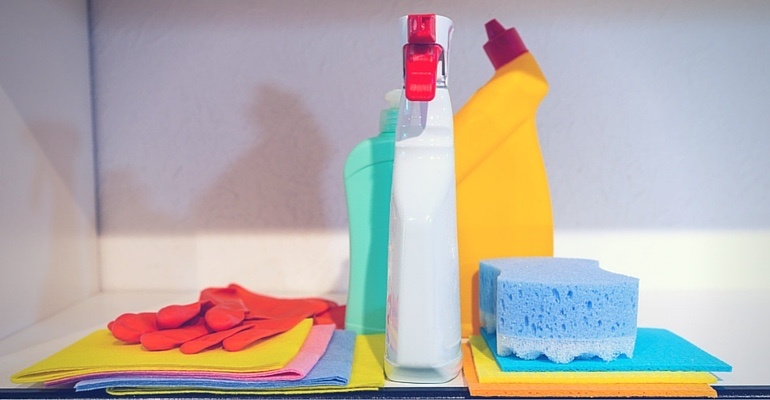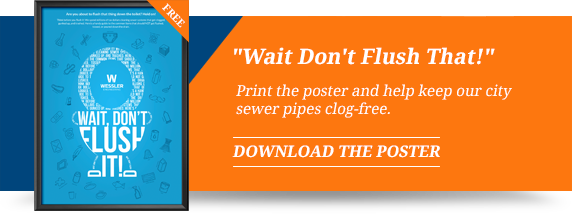
The final rule for managing solvent-contaminated wipes and reusable clothing was published by Indiana Department of Environmental Management (IDEM) and became affective on July 3, 2015. So, how does that effect you? This blog will give you the basics you need to determine how to handle these items.
Let’s start at the beginning…
What is a wipe?
IDEM considers a wipe to be “a shop towel, rag, pad, or swab made of wood pulp, fabric, cotton, polyester blends, or other materials.” IDEM is also including “gloves, clothing, and cloth items” under this definition. Wipes are used to clean off oils, dirt, and greases from parts, clean up small spills, and clean up from painting activities.
Which solvents apply?
The rule specifies solvents considered F001-F005 solvents. Refer to your material safety data sheets (MSDS) or safety data sheets (SDS) to determine is you use these solvents. This extensive list is provided below and in more detail in 40 CFR 261.31 (a).
|
F001 |
The following spent halogenated solvents used in degreasing: Tetrachloroethylene, trichloroethylene, methylene chloride, 1,1,1-trichloroethane, carbon tetrachloride, and chlorinated fluorocarbons |
|
F002 |
The following spent halogenated solvents: Tetrachloroethylene, methylene chloride, trichloroethylene, 1,1,1-trichloroethane, chlorobenzene, 1,1,2-trichloro-1,2,2-trifluoroethane, ortho-dichlorobenzene, trichlorofluoromethane, and 1,1,2-trichloroethane |
|
F003 |
The following spent non-halogenated solvents: Xylene, acetone, ethyl acetate, ethyl benzene, ethyl ether, methyl isobutyl ketone, n-butyl alcohol, cyclohexanone, and methanol |
|
F004 |
The following spent non-halogenated solvents: Cresols and cresylic acid, and nitrobenzene |
|
F005 |
The following spent non-halogenated solvents: Toluene, methyl ethyl ketone, carbon disulfide, isobutanol, pyridine, benzene, 2-ethoxyethanol, and 2-nitropropane |
How to dispose of wipes?
You can send solvent-contaminated wipes to a launderer for cleaning and reuse, a permitted municipal solid waste landfill, a hazardous waste landfill, or a permitted combustor. Of course, each of these options has conditions.
|
All Options |
|
|
Laundering and Reuse |
|
|
Municipal Solid Waste Landfill |
|
|
Hazardous Waste Landfill |
|
|
Waste Combustor, Boiler or industrial Furnace |
|
Just remember, if your wipes or clothes are contaminated with solvent and another material that would be considered a hazardous waste, then that material can no longer be disposed of under this rule and hazardous waste determinations and regulations apply.
Additional information can be found on IDEM’s Compliance and Technical Assistance Program (CTAP) webpage and IDEM’s Guidance Document for Management of Contaminated Wipes and Reusable Cloth Items.
Tags


